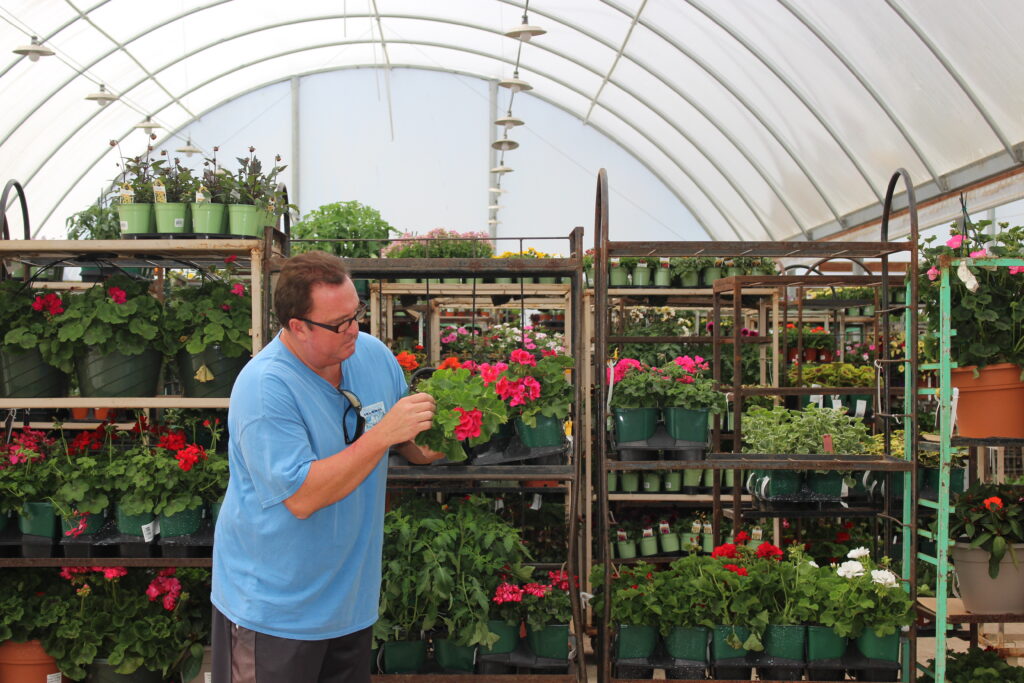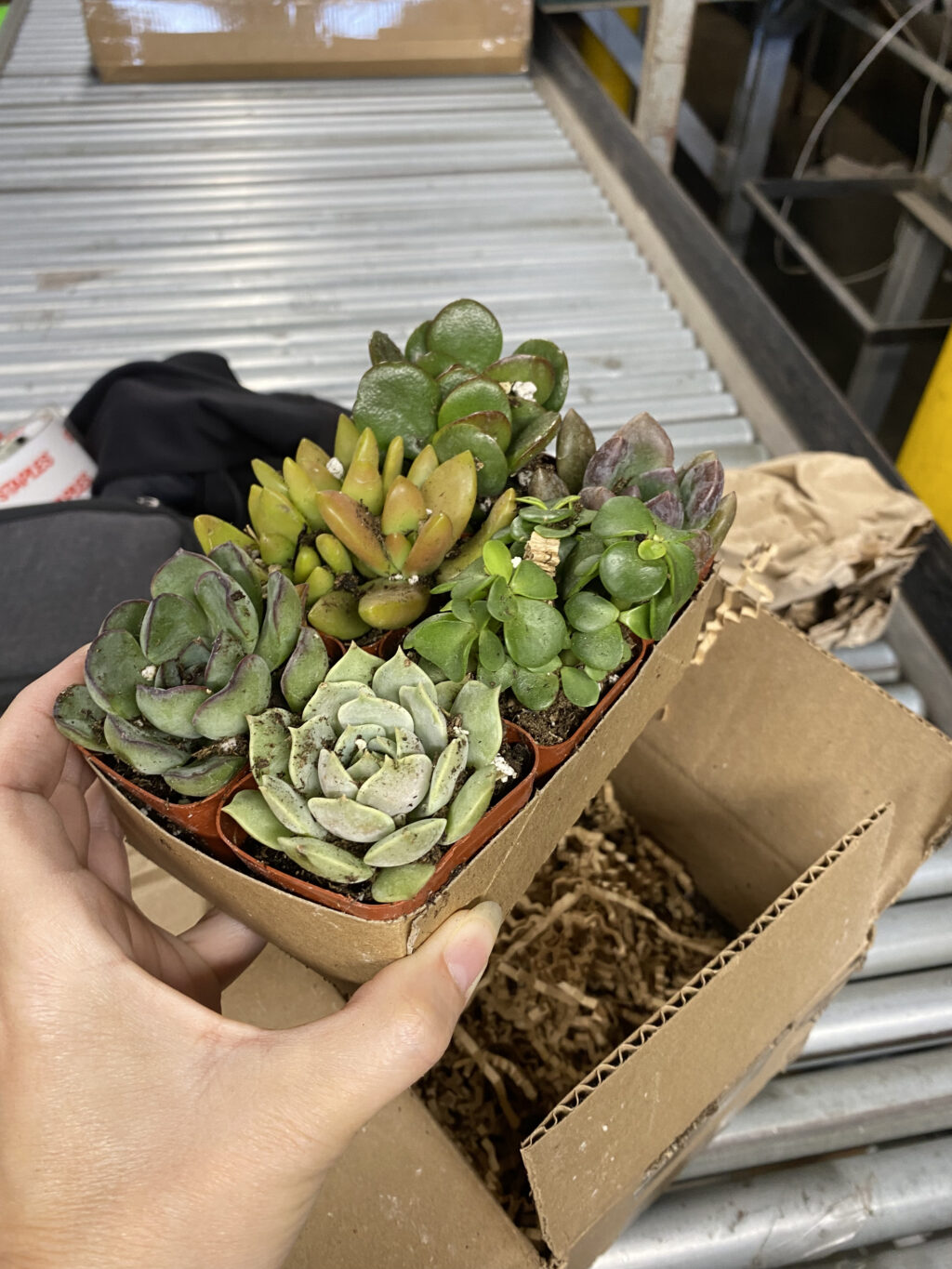High-Risk Pest Exclusion


High-Risk Pest Exclusion
The Pest Exclusion program aims to prevent the introduction of harmful pests into the state. If such pests are discovered, the program focuses on eradication. However, if eradication is unfeasible due to a large infestation, efforts shift toward controlling the pests’ spread.
Pest exclusion serves as the primary defense against exotic pest invasions. Inspections of incoming commercial and private shipments of plant materials ensure compliance with import restrictions. If a harmful pest is found on an incoming shipment, the shipment is either returned to its origin at the shipper’s cost or destroyed. Shipments found to be infested or prohibited are subject to regulatory action.
Plant quarantines may involve inspections at points of origin or destination to confirm that commodities are free of harmful insects, nematodes, and plant diseases. These quarantines safeguard agriculture and the environment by preventing the introduction of destructive pests through rigorous inspection and certification processes.
Received a Hold Notice?
Request an Inspection on an Incoming Plant Shipment!
Please call one of our offices or email us for more information regarding your request.
Camarillo: (805) 388-4222
Santa Paula: (805) 933-2926
Rating System
The California Department of Food and Agriculture (CDFA) categorizes pests based on their severity and the level of action required to manage them.
A-rated pests
- Pests of the highest concern. These are organisms that are not known to occur in California or are under limited distribution and pose a severe economic or environmental threat.
- Action: Eradication is mandatory. Regulatory action is taken immediately to prevent their establishment and spread.
B-rated pests
- Pests of moderate concern that are either widespread or localized within the state but may require containment in certain areas.
- Action: Management is discretionary. County agricultural commissioners decide whether to implement control measures, often depending on local conditions and potential risks.
C-rated pests
- Pests of minor economic or environmental significance. These are generally widespread and do not pose a significant threat to agriculture or the environment.
- Action: Regulatory action is not required. Control is usually left to the discretion of the individual property owner or grower.
D-rated pests
- Organisms that are not significant pests under normal circumstances. These may include pests that were previously under regulation but are now considered harmless or non-threatening.
- Action: No regulatory action. These pests are generally not subject to state or county control measures.
Q-rated pests
- Pests that require further evaluation. These are organisms for which insufficient information exists to assign a permanent rating.
- Action: Eradication is mandatory. Regulatory action is taken immediately to prevent their establishment and spread. They are still treated as most harmful until more long term information is gathered to determine their risk and assign an appropriate rating.
